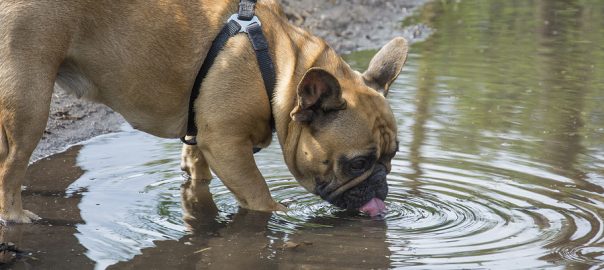Have you decided leptospirosis isn’t a threat to your dog? It may be time to think again. Here’s a look at the disease, which is on the rise, from the weekly syndicated feature I write with Kim Campbell Thornton and my daughter, trainer Mikkel Becker.
When you think of leptospirosis — if you think about it at all — you probably assume it primarily affects large dogs in rural areas. You may have been told not to have your small dog vaccinated for it because of the risk of a reaction. Or you may have heard it doesn’t occur where you live.
But the bacterial disease, a zoonosis that can be transmitted between animals and humans, is seeing a resurgence. The rising incidence may have several possible causes: greater awareness; better testing; the increasing intersection of wildlife, pets and humans; or climate change bringing more rain or flooding to an area.
Whatever the cause, it’s a good idea to talk to your veterinarian and decide whether your dog is a candidate for the non-core vaccine. Exposure risk depends on factors such as lifestyle and locale — think dogs who go hiking or camping, swim in freshwater lakes, or live in areas where rodents proliferate or flooding occurs, including cities such as New York, Houston, New Orleans, Atlanta and Chicago.




